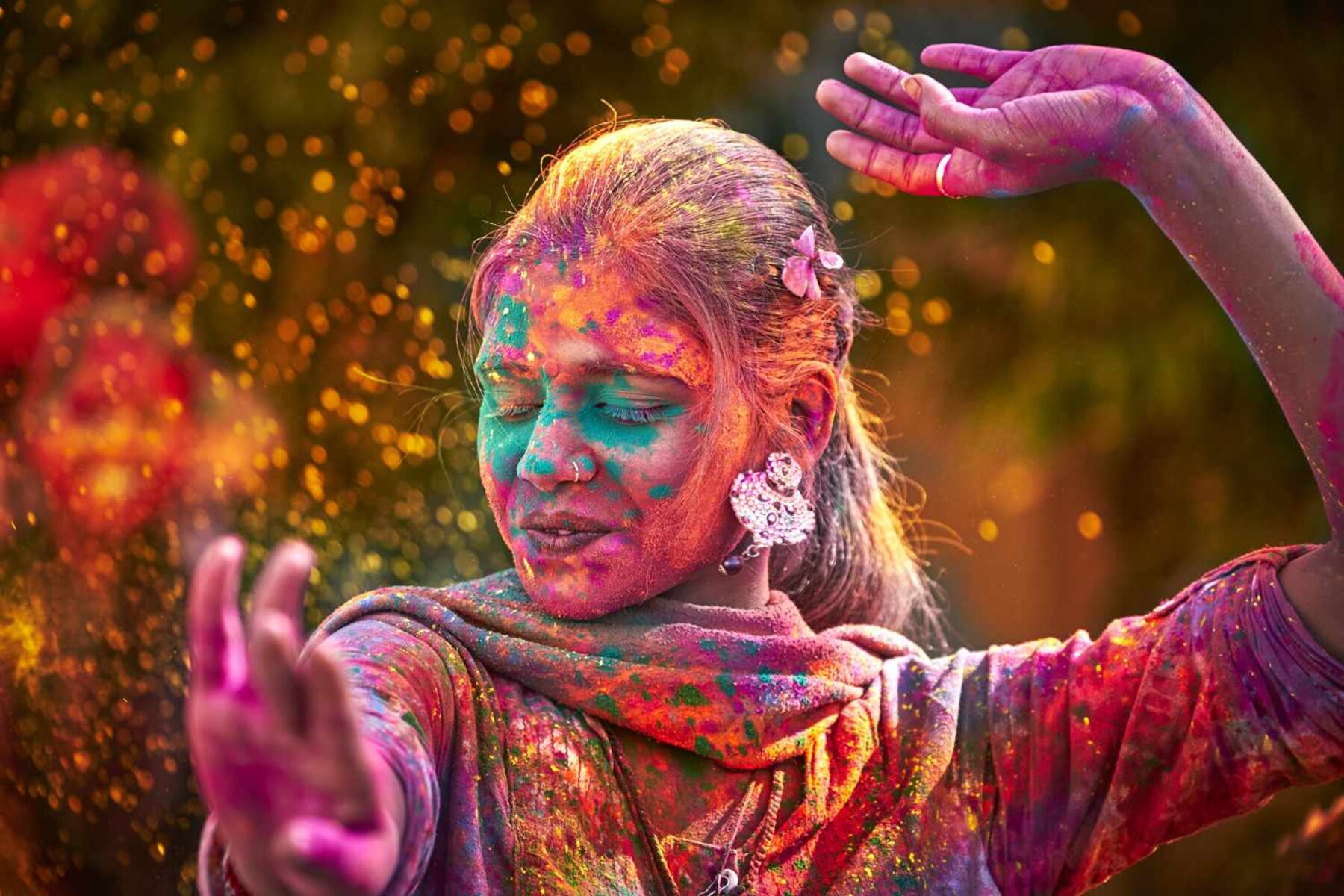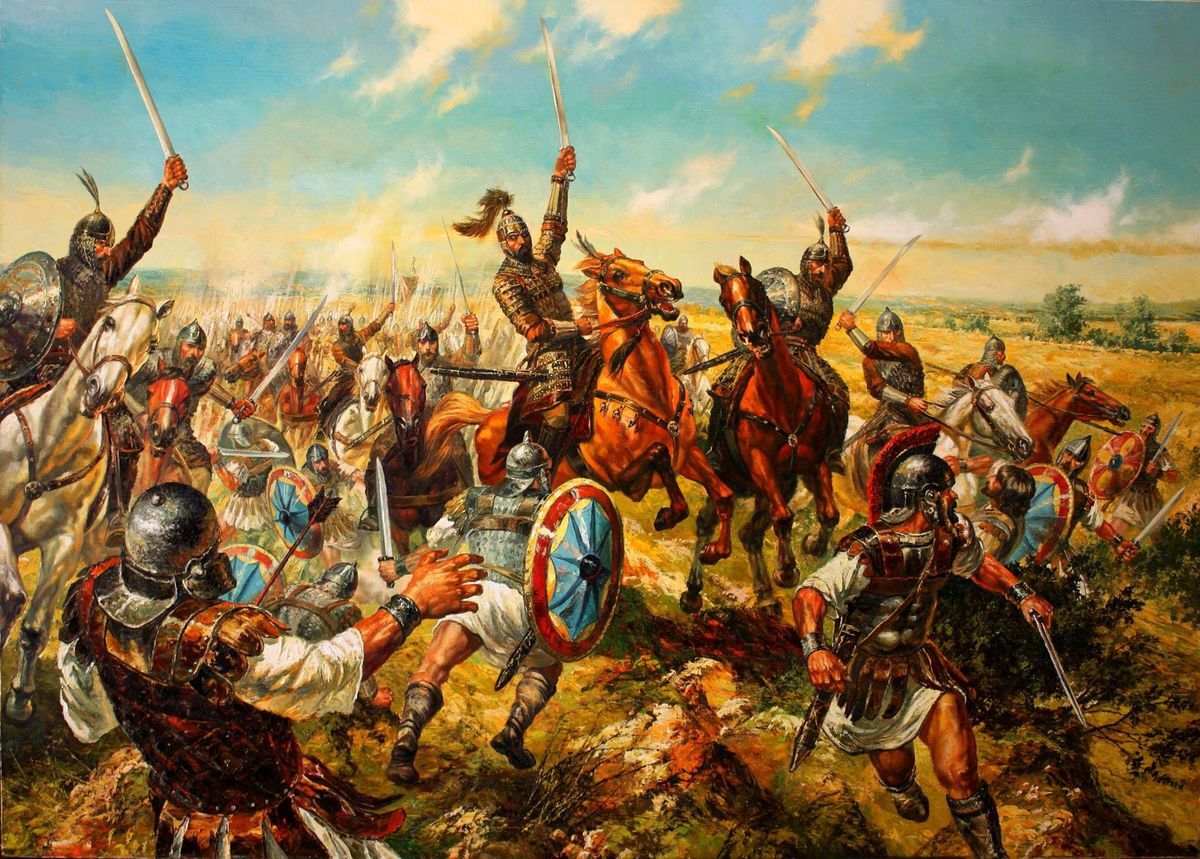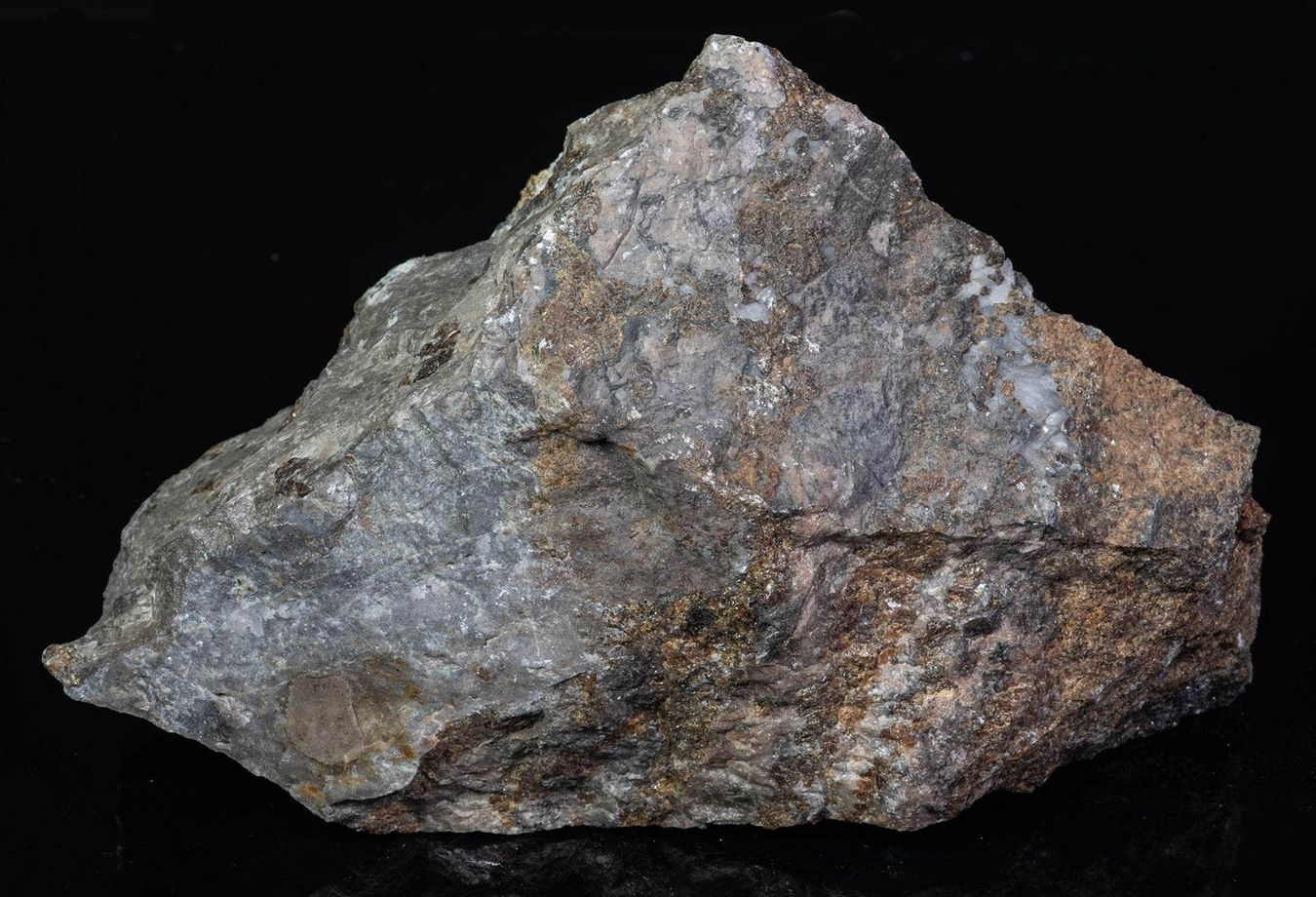
Holi, also known as the Festival of Colors, is one of the most vibrant and exuberant festivals celebrated in India and other parts of the world. This ancient Hindu festival marks the arrival of spring and the victory of good over evil. During Holi, people come together to throw colored powders and water at each other, dance to traditional music, and indulge in delicious sweets and snacks.
Holi is not just a celebration of colors; it is a time when people let go of their inhibitions and embrace joy and happiness. The festival is filled with music, laughter, and a sense of camaraderie, as friends, families, and communities come together to participate in the festivities.
In this article, we will dive into 19 fascinating facts about Holi festival, exploring its significance, traditions, and customs. So, get ready to immerse yourself in the riot of colors and learn more about this extraordinary festival!
Key Takeaways:
- Holi Festival celebrates love, unity, and the victory of good over evil. It’s a vibrant, colorful, and joyous occasion that brings people together to spread happiness and forgiveness.
- From colorful powders to water balloon battles, Holi is a festival of fun and excitement. It promotes harmony, breaks down barriers, and encourages forgiveness, making it a truly special celebration.
The Origin of Holi
Holi has its roots in Hindu mythology and is celebrated to commemorate the victory of good over evil. It is believed to have originated from the story of Prahlada and his evil aunt Holika.
The Festival of Colors
Holi is often referred to as the “Festival of Colors” due to the exuberant use of colored powders and water during the celebration. It symbolizes the arrival of spring and the blossoming of love and happiness.
Holika Dahan
The night before Holi, a bonfire known as Holika Dahan is lit to mark the symbolic burning of evil spirits. People gather around the bonfire, sing and dance, and pray for good luck and prosperity.
Playing with Gulal
Gulal, a vibrant and colorful powder, is used during Holi to playfully smear on each other’s faces. It adds an element of fun and excitement to the festival, creating a kaleidoscope of colors.
Water Balloon Battles
Water balloons and water guns are also popular during Holi festivities. People joyfully engage in water fights, drenching each other with water and spreading laughter and cheer.
Bhang Thandai
Bhang thandai, a traditional drink infused with cannabis, is a specialty during Holi. It is believed to add an extra element of merriment and euphoria to the celebrations.
The Legend of Radha and Krishna
Holi holds great significance in the life of Lord Krishna, who is known for his playful and mischievous nature. It is said that Krishna used to play Holi with his beloved Radha and the other gopis in the town of Vrindavan.
Holi Melas
Holi is not just about colors and water. It is also a time for cultural performances, music, dance, and feasting. Holi Melas or fairs are organized in various cities, featuring live performances and traditional delicacies.
Holi Around the World
Holi has gained international popularity and is celebrated in different parts of the world. From the United States to Europe, Australia to Asia, people come together to embrace the spirit of Holi.
A Day of Forgiveness
Holi brings people together and encourages forgiveness and reconciliation. It is a day to let go of grudges and start afresh with renewed love and harmony.
The Story Behind Lathmar Holi
In the town of Barsana in India, Lathmar Holi is celebrated where women playfully beat men with sticks. It is said to reenact the playful teasing between Lord Krishna and the gopis.
Holi and Bollywood
Holi has become an integral part of Bollywood movies. Many iconic Holi songs featuring colorful dance sequences and playful romance have been filmed over the years.
Dhulandi in Mathura
Mathura, the birthplace of Lord Krishna, celebrates Holi with great fervor. The main highlight is the “Dhulandi” festival, where people throw colored powder in the air, creating a mesmerizing spectacle.
Eco-Friendly Holi
With growing environmental concerns, eco-friendly Holi celebrations have gained popularity. People use natural and organic colors made from flowers, herbs, and fruits to minimize the impact on the environment.
Holi and Bonfires
Just like Holika Dahan, bonfires are lit during Holi celebrations to symbolize the victory of good over evil. It creates a sense of unity and strengthens the bond of communities.
A Festival of Unity
Holi breaks down barriers of caste, creed, and social status, bringing people together in a spirit of unity and equality. It is a festival that promotes harmony and togetherness.
The Legend of Pootana
A popular mythological story associated with Holi is the tale of Pootana, a demoness who tried to kill the infant Lord Krishna by breastfeeding him poisoned milk. Her defeat is commemorated during Holi.
Holi and Religious Significance
Holi also holds religious importance in Hinduism. It is celebrated as the day when Lord Shiva opened his third eye to burn Kamadeva, the god of love, and symbolizes the victory of spiritual enlightenment over desire.
Spreading Love and Joy
Above all, Holi Festival is a time to spread love, joy, and happiness. It is a day when people come together, forget their differences, and embrace the colors of life.
Experience the magic of Holi Festival, immerse yourself in its vibrant celebrations, and witness the power of love and unity that transcends boundaries. Happy Holi!
Conclusion
Holi, also known as the Festival of Colors, is a vibrant and joyous celebration that holds great cultural and religious significance. With its origins in Hindu mythology, this lively festival has gained popularity worldwide, bringing people of all backgrounds together in a colorful display of unity and happiness.
From the vibrant throwing of colored powders to lively music and dancing, Holi offers a unique and memorable experience. This festival is a time to let go of inhibitions and embrace the spirit of love, joy, and forgiveness. It signifies the triumph of good over evil and the arrival of spring, marking a fresh new beginning.
As the colors blend and the music fills the air during Holi, it creates an atmosphere of pure excitement and bliss. It is truly a celebration that brings people together, breaking barriers and fostering harmony among individuals from different walks of life.
So, immerse yourself in the spirit of Holi, and let the colors paint your world with happiness and positivity.
FAQs
Q: What is Holi Festival?
A: Holi is a Hindu festival celebrated primarily in India and Nepal. It is known as the “Festival of Colors” due to the colorful powders and water that are thrown and smeared on participants. It commemorates the arrival of spring and celebrates the triumph of good over evil.
Q: When is Holi celebrated?
A: Holi is usually celebrated in March, during the full moon day of the Hindu month of Phalguna. The exact date varies each year, depending on the lunar calendar.
Q: What are the rituals and traditions associated with Holi?
A: Holi celebrations typically involve throwing and smearing colored powders, singing and dancing, and enjoying festive meals and sweets. Bonfires are lit on the eve of Holi to symbolize the burning of evil and the arrival of spring.
Q: Is Holi celebrated only by Hindus?
A: While Holi has its roots in Hindu mythology, it has transcended religious boundaries and is now celebrated by people of various religions and cultures around the world. Holi is a time for people to come together and celebrate the spirit of unity and joy.
Q: Can anyone participate in Holi celebrations?
A: Yes, Holi is a festival that welcomes everyone. People of all ages, genders, and backgrounds can actively participate in the celebrations and enjoy the vibrant colors and joyous atmosphere.
Q: Where can I experience the best Holi celebrations?
A: Holi is widely celebrated across India, with some cities like Mathura, Vrindavan, and Jaipur known for their grand festivities. Additionally, many countries around the world, such as the USA, UK, and Australia, hold Holi events and festivals that offer an authentic and enjoyable experience.
Q: Are there any precautions to take during Holi?
A: It is advisable to protect your eyes and skin during Holi by wearing sunglasses, using organic and natural colors, and moisturizing your skin before and after the celebrations. It is also important to drink plenty of water and stay hydrated throughout the day.
Q: Are there any traditional Holi dishes or sweets?
A: Yes, there are several traditional dishes and sweets associated with Holi. Some popular ones include gujiya (a sweet dumpling), bhang (a traditional drink), puran poli (a sweet flatbread), and thandai (a refreshing milk-based drink).
Q: How long does Holi celebrations usually last?
A: Holi celebrations typically last for a day, but in some regions, the festivities can extend to multiple days.
Q: How can I learn more about the significance and rituals of Holi?
A: You can learn more about Holi by exploring books, watching documentaries, or visiting cultural events and exhibitions that provide insights into the festival’s history, significance, and traditions.
Holi's vibrant colors and joyous celebrations make it an unforgettable experience. If you enjoyed learning about this festival, why not explore other fascinating cultural traditions? Discover the enchanting customs of the Lunar New Year, also known as the Spring Festival. Dive deeper into the mesmerizing world of Holi, the Festival of Colors, and uncover more captivating details. Lastly, gain insights into the rich tapestry of Indian culture by delving into the ancient wisdom of the Vedas. Each of these topics offers a unique glimpse into the diverse and captivating traditions that shape our world.
Was this page helpful?
Our commitment to delivering trustworthy and engaging content is at the heart of what we do. Each fact on our site is contributed by real users like you, bringing a wealth of diverse insights and information. To ensure the highest standards of accuracy and reliability, our dedicated editors meticulously review each submission. This process guarantees that the facts we share are not only fascinating but also credible. Trust in our commitment to quality and authenticity as you explore and learn with us.


